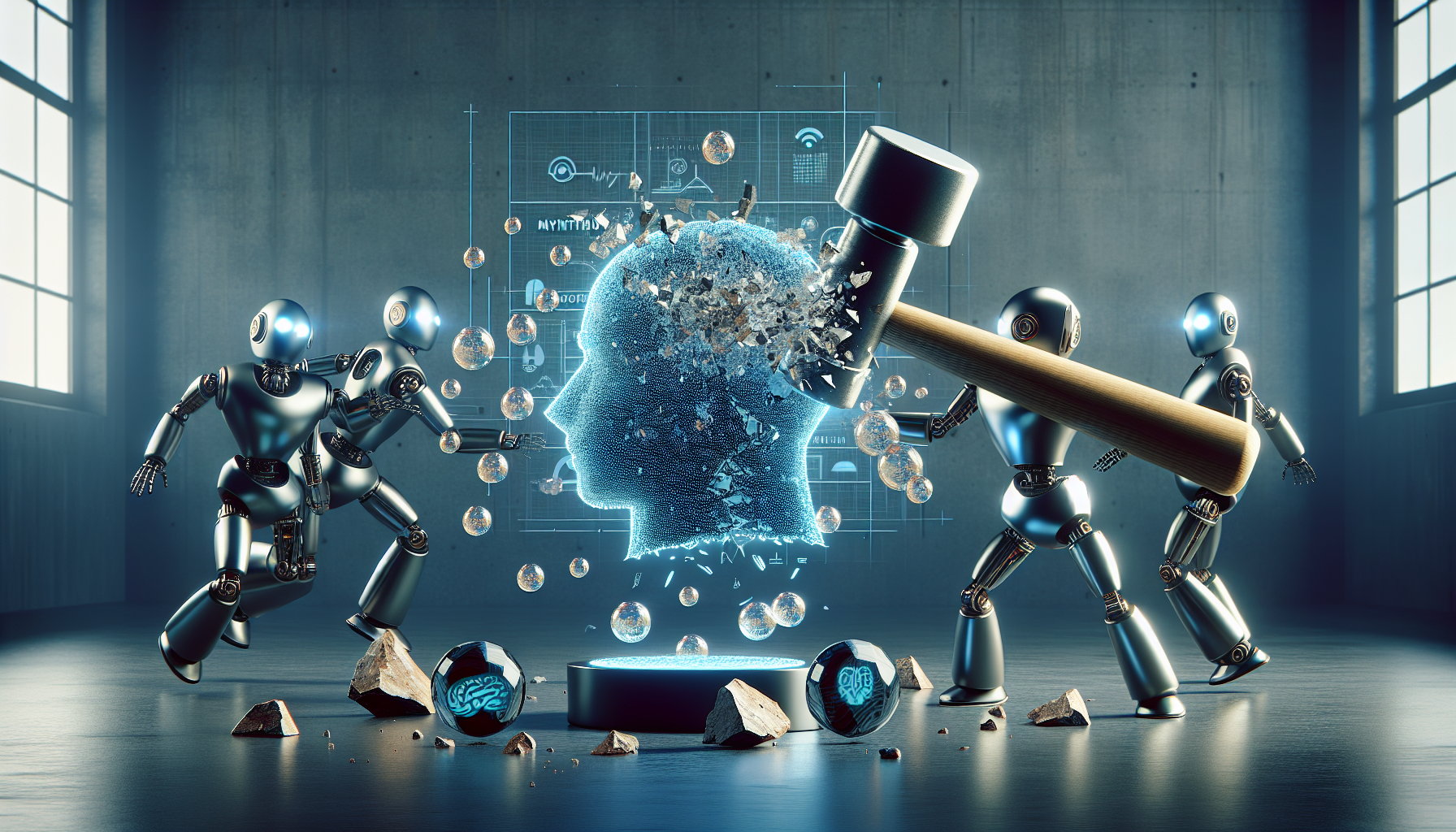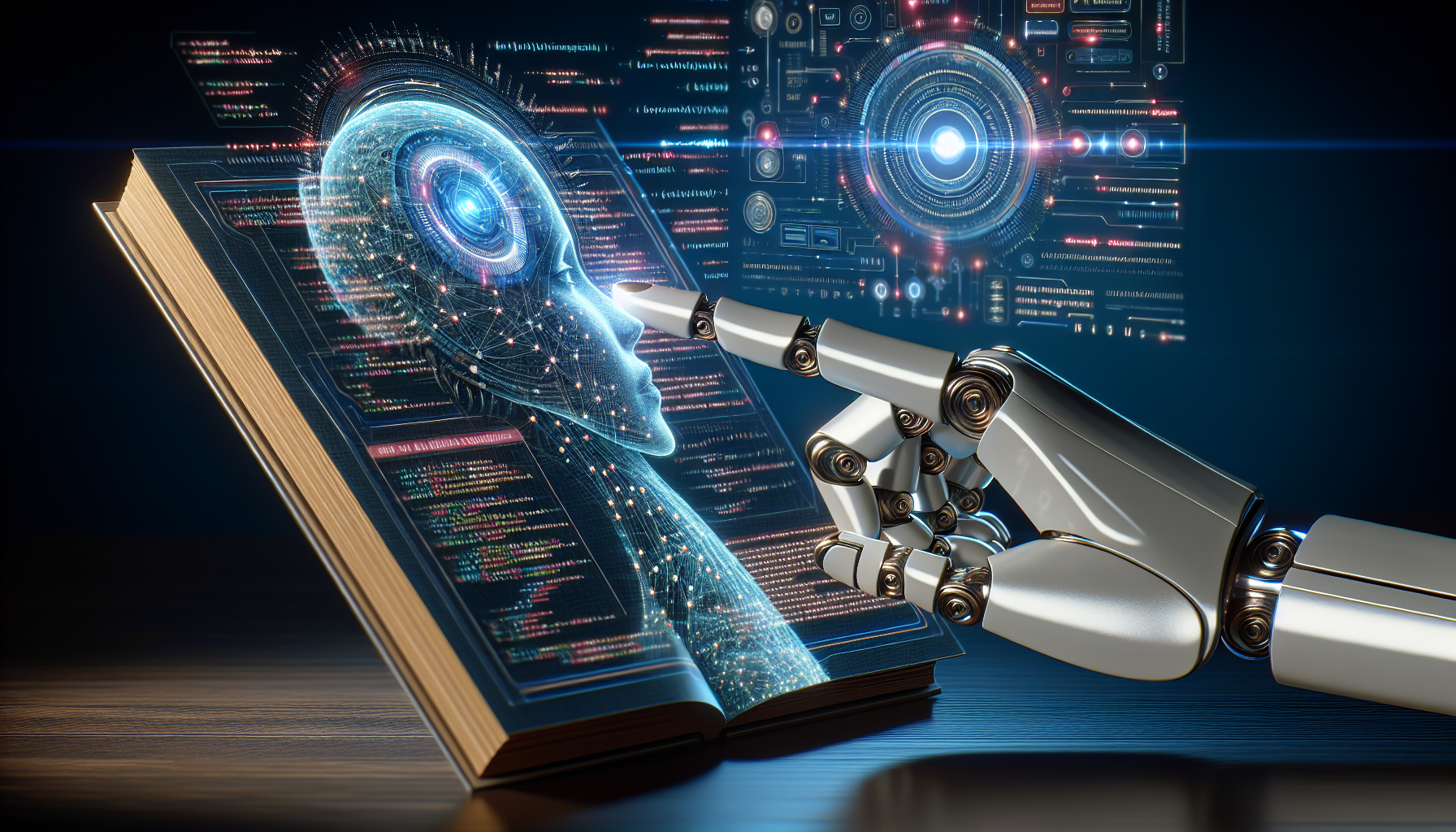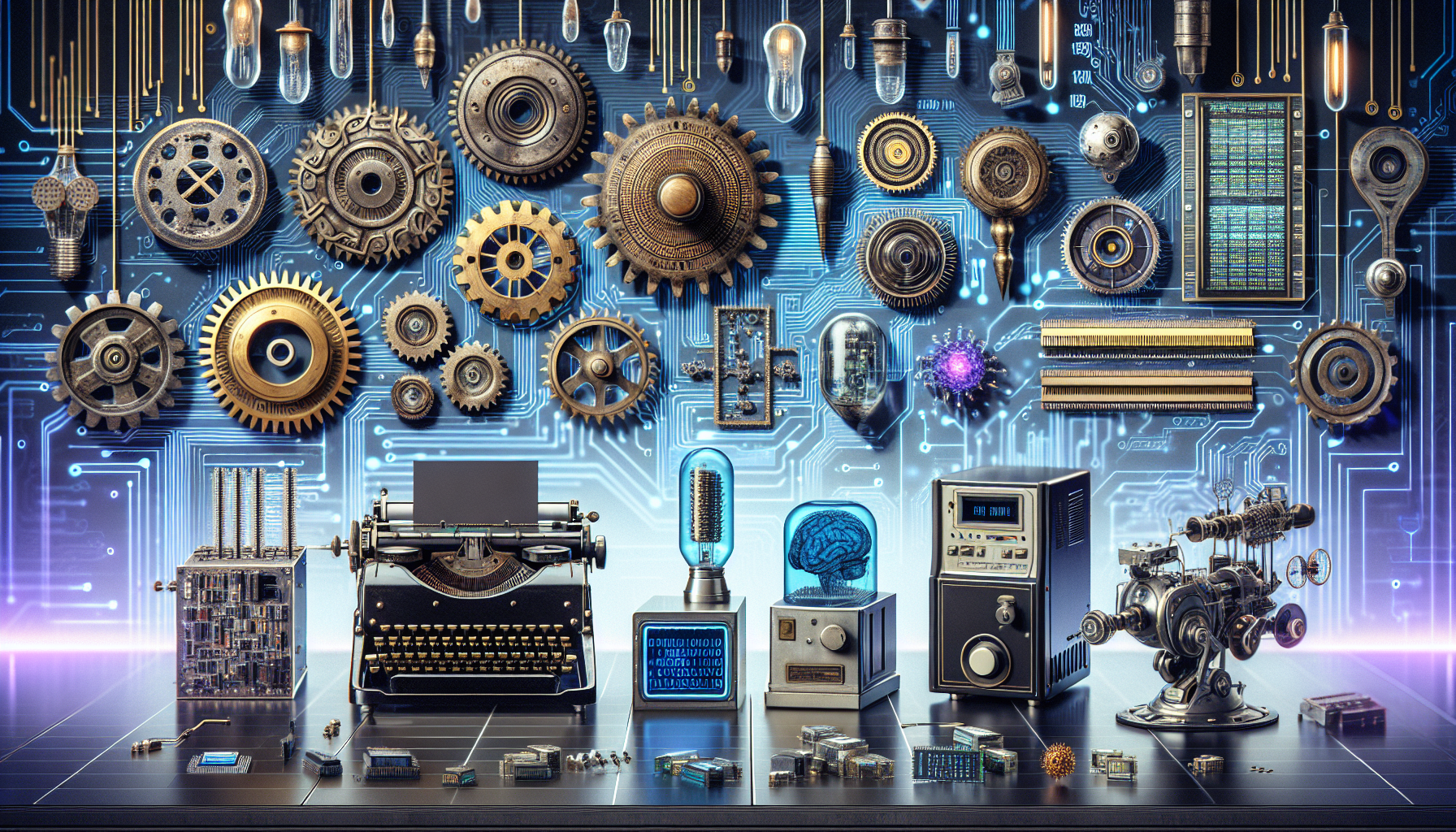
Machine Learning vs. Deep Learning: What Lies Ahead in the AI Revolution?
August 12, 2025
Artificial intelligence has been a transformative force across industries, yet its intricate layers often remain shrouded in mystery. Among these layers, the distinction between machine learning and deep learning is critical. Both fields are pivotal to AI's progress, but their future trajectories could diverge dramatically. As we dig deeper, a nuanced understanding of their potential paths raises questions about the very nature of intelligence and automation in our society.
Machine learning, a subset of AI, relies on algorithms to parse data, learn from it, and make informed decisions. The model improves its performance as it assimilates more data, but typically, the learning process is heavily supervised. It's a pragmatic approach, rooted in statistical methods and optimization techniques. In contrast, deep learning, which falls under the broader sphere of machine learning, uses neural networks with many layers—hence the term "deep"—to model and understand complex patterns. These networks are designed to mimic the human brain's interconnections, aiming for a more autonomous form of learning.
The philosophical and practical differences between these two technologies have far-reaching implications. Machine learning, with its dependence on structured data and human oversight, is often seen as more constrained, yet more reliable in specific applications. For instance, its precision in anomaly detection is invaluable in fields like finance and cybersecurity. However, it struggles with unstructured data, a limitation that deep learning overcomes with its proficiency in handling vast, unorganized datasets such as images, text, and audio.
Critically, this distinction shapes their future development. Machine learning’s dependence on clean, labelled datasets could be both its strength and its Achilles' heel. As data becomes more abundant and diverse, the meticulous process of labelling becomes increasingly unfeasible. This limitation presents a significant challenge as industries yearn for more automation. Without breakthroughs in unsupervised learning methodologies, machine learning might plateau, unable to fulfill the demands of an ever-more complex world.
Deep learning, on the other hand, offers a tantalizing promise of versatility and autonomy. Its ability to abstract insights from unstructured data is pushing the boundaries of what machines can achieve. Speech recognition, image classification, and natural language processing are domains where deep learning has already made significant inroads. Yet, its future is not without hurdles. The computational power required to train deep neural networks is staggering, raising concerns about sustainability and accessibility. Moreover, the "black box" nature of deep learning models—a lack of transparency in how they derive their outputs—poses ethical and practical dilemmas, particularly in critical sectors like healthcare and criminal justice.
In considering future predictions, one must ponder not only technological advancements but also societal readiness. As AI technologies progress, the disparity between machine learning and deep learning may widen, creating a bifurcation in their applications. Machine learning might continue to dominate where reliability and precision are paramount, whereas deep learning could drive innovation in areas demanding adaptability and creative problem-solving.
However, there’s a looming concern: the potential for deep learning to evolve beyond human comprehension. This raises questions about control, accountability, and the ethical framework within which these technologies operate. If deep learning models become more intelligent than their creators anticipate, are we prepared to manage such power responsibly?
Additionally, these technologies' roles in the workforce warrant scrutiny. While automation promises efficiency, it also threatens job displacement on a massive scale. As machine learning and deep learning evolve, they could redefine employment landscapes, necessitating a reevaluation of skills and education systems. Are industries and governments prepared for the societal shifts these technologies will bring?
As we navigate this complex landscape, the dialogue around machine learning versus deep learning must evolve. It’s not merely a technical debate but a broader conversation about the future we wish to shape. Will we harness these tools for equitable progress, or will they deepen existing divides? The choices made today will echo into the future, influencing not only technological development but the very fabric of society.
The trajectory of artificial intelligence, and its subsets of machine learning and deep learning, is fraught with both promise and peril. As we stand on the brink of this new era, the question isn't just what these technologies will become, but what we, as a society, will do with them. Are we ready to embrace the challenge of guiding these powerful technologies toward a future that benefits all?


